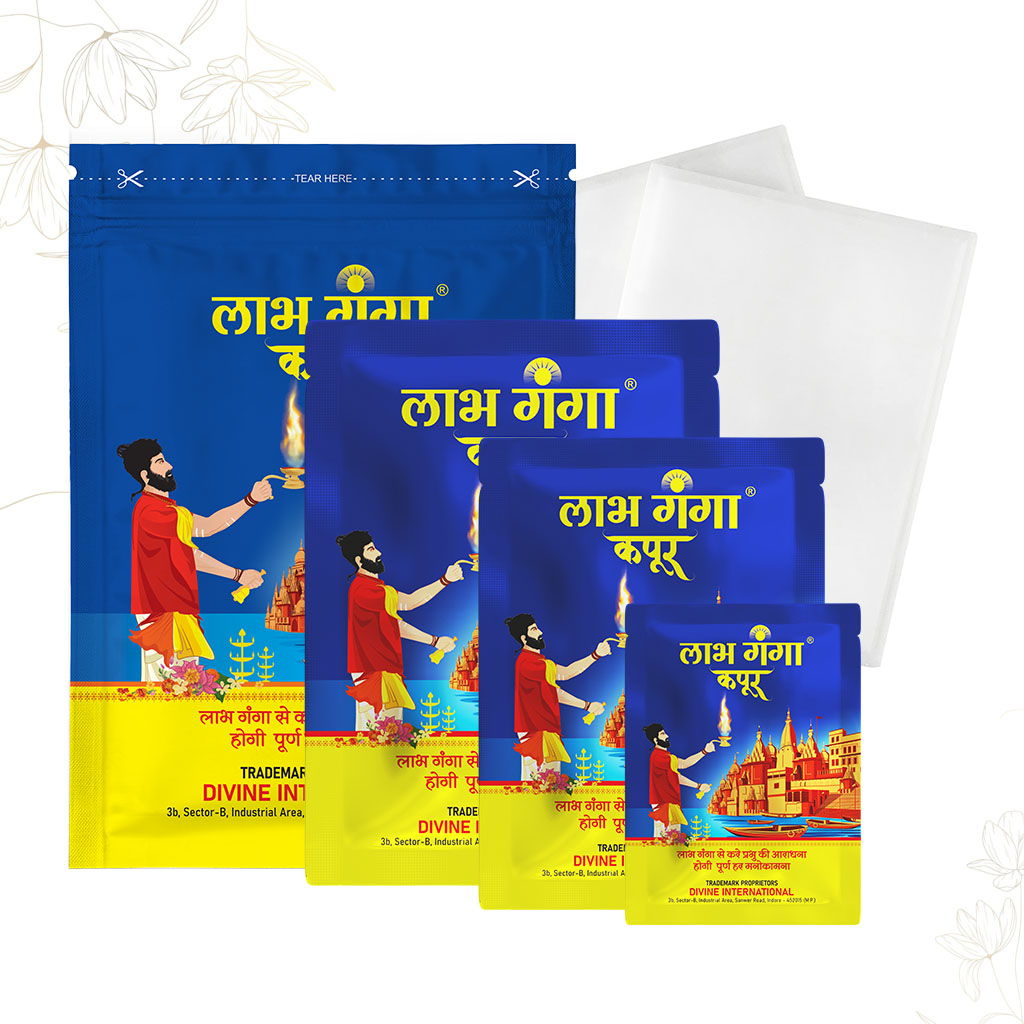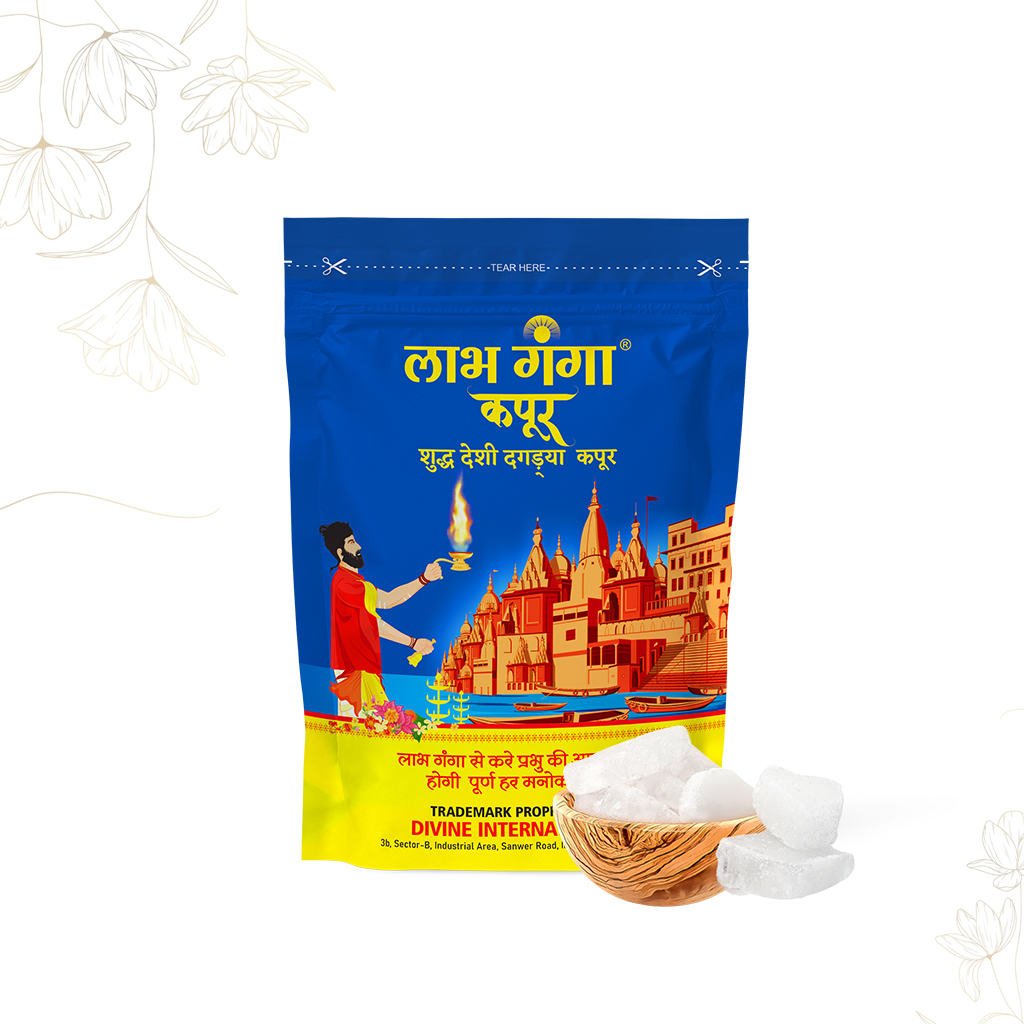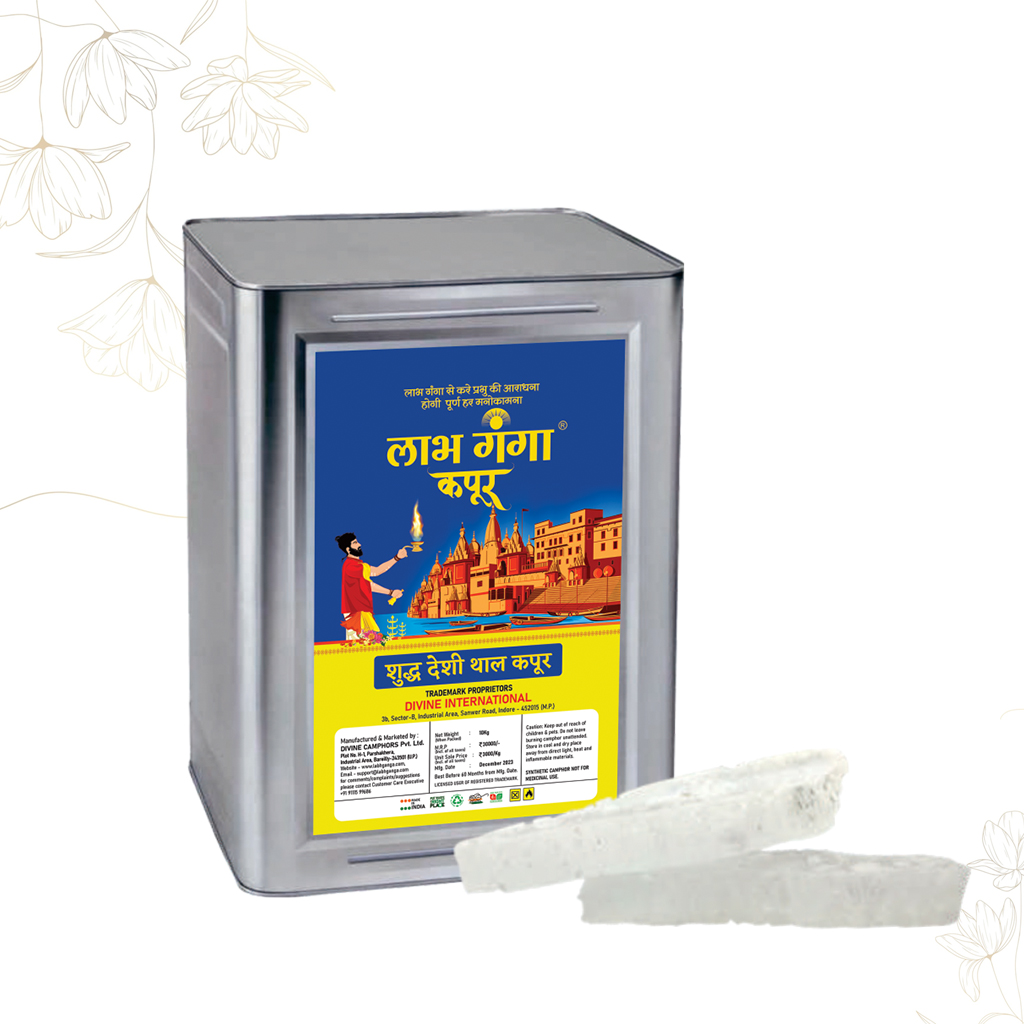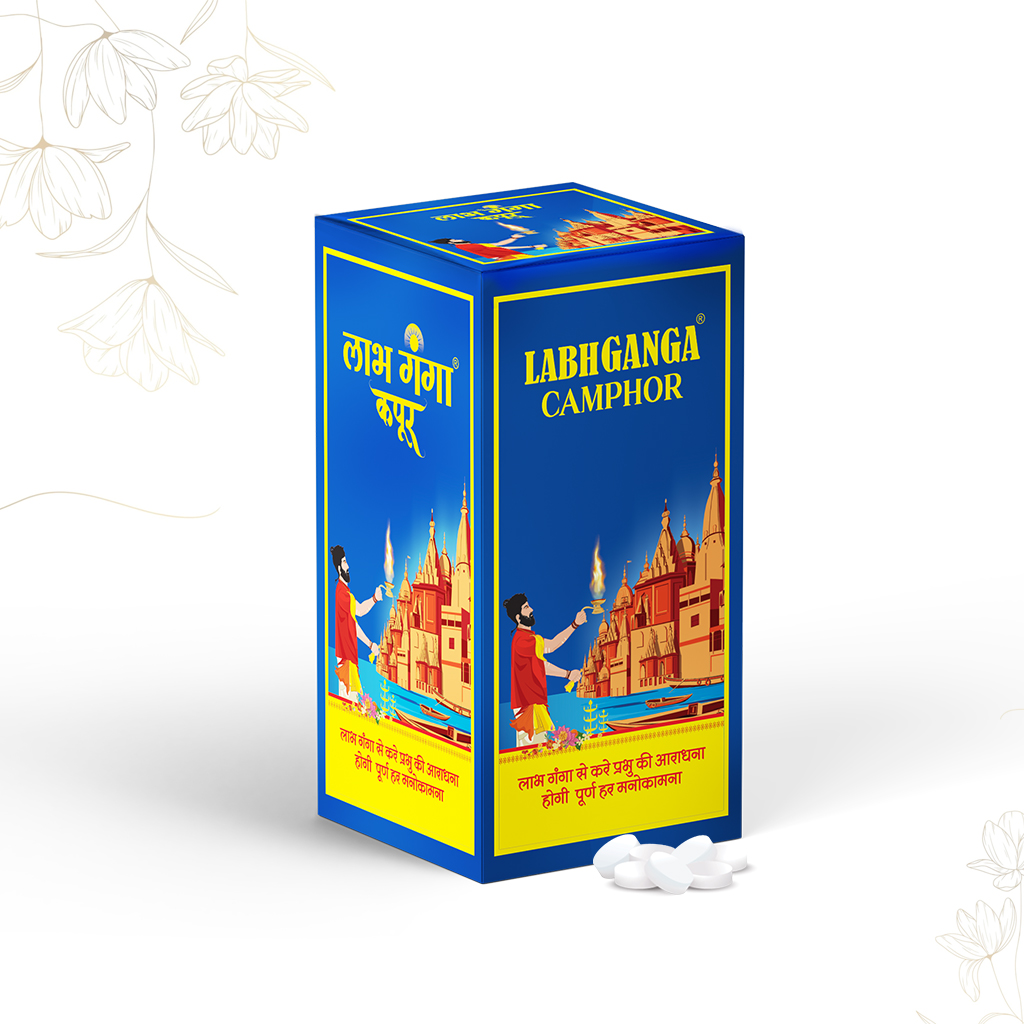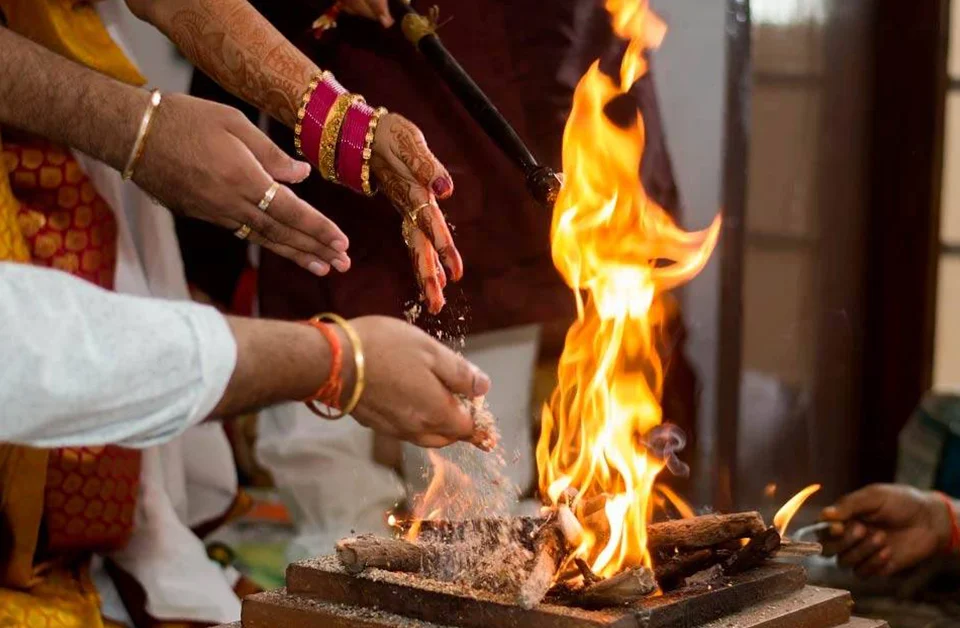
Kumkum: Unveiling the Symbolism and Uses in Hindu Traditions

Crafting Havan Samagri: The Sacred Blend of Ritual Ingredients
In the tapestry of Indian spirituality, the wafting tendrils of incense smoke hold a sacred space, weaving a fragrant bridge between the tangible and the divine. The art of using incense is deeply ingrained in the rich fabric of religious practices, rituals, and meditation. This article endeavors to explore the profound significance of incense in Indian spirituality, unraveling its historical roots, diverse types, and the transformative role it plays in elevating the spiritual experience.
**I. Historical Roots: The Ancient Incense Trail
The use of incense in India dates back to antiquity, with references found in Vedic scriptures and ancient texts. Initially employed as offerings to appease deities, incense gradually became an integral component of spiritual practices, symbolizing the ascent of prayers to the heavens. The aromatic journey of incense mirrors the evolution of Indian spirituality itself.
II. The Variety of Aromas: Incense Types and Their Significance
Indian incense comes in a kaleidoscope of scents, each carrying its unique significance. From the earthy notes of sandalwood to the sweet fragrance of jasmine, the choice of incense is often guided by its symbolic representation. Sandalwood, for example, is associated with purity, while jasmine is believed to inspire love and devotion. Exploring the diverse aromas allows practitioners to tailor their spiritual experiences to their unique needs.
III. Purification and Sanctification: Incense in Rituals
The act of lighting incense holds a deeper ritualistic meaning in Indian spirituality. The smoke is considered a purifying agent, cleansing the space and creating an environment conducive to meditation and prayer. Whether in temples, homes, or meditation spaces, the presence of incense becomes a tangible symbol of spiritual sanctification.
IV. Meditation and Mindfulness: Incense as a Catalyst for Inner Tranquility
In the practice of meditation, incense serves as more than a fragrant offering—it becomes a catalyst for inner tranquility. The rhythmic rise and fall of the smoke invite practitioners into a state of mindfulness, helping to center the mind and create a harmonious atmosphere for introspection.
V. A Journey Through the Chakras: Incense and Energetic Alignment
In yogic and spiritual traditions, incense is often associated with the balancing of chakras, the energetic centers within the body. Specific scents are believed to resonate with each chakra, aiding in the alignment and harmonization of the subtle energy flow. This holistic approach underscores the interconnectedness of the physical and metaphysical realms.
VI. The Art of Incense Making: Crafting Spiritual Fragrance
Delving into the world of incense making reveals an intricate artistry. From traditional masala incense to modern variations, the process involves blending aromatic resins, herbs, and essential oils. Exploring the craftsmanship behind incense adds an additional layer of appreciation for the spiritual journey it facilitates.
VII. Sustainable Spirituality: Eco-Friendly Incense Practices
As awareness of environmental sustainability grows, there is a rising emphasis on eco-friendly incense production. Exploring sustainable practices ensures that the spiritual journey is not at the expense of the Earth. From bamboo sticks to natural ingredients, the evolution of incense aligns with a broader commitment to ecological well-being.
VIII. Conclusion: The Fragrance of the Divine
In the aromatic offerings of incense, Indian spirituality finds a tangible expression of devotion, purification, and transcendence. As the tendrils of fragrant smoke ascend, they carry with them the aspirations and prayers of countless seekers, creating a bridge between the earthly and the divine. The art of incense is an ever-evolving symphony, resonating with the spiritual seeker and enveloping the sacred spaces of India in a timeless fragrance of the divine.



